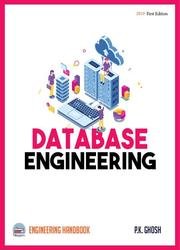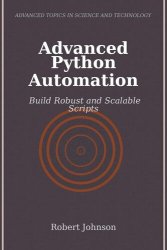 Название: Database Engineering: Engineering Handbook
Название: Database Engineering: Engineering Handbook Автор: P.K. Ghosh
Издательство: Engineering Handbook
Год: 2019
Страниц: 424
Язык: английский
Формат: pdf (true)
Размер: 10.1 MB
Now these days companies, institutions, big offices, organisations and malls all require large amount of data to be stored securely and accurately for various purpose. For this, computers plays a vital role for help and processing day-to-day activities. Almost every organisation feels to use powerful computers with very high disk storage capacity. But it is not possible for a person in a company to be proficient in programming to carry out the activity of data storage and retrieval. Instead of it is simpler if the enterprise-wide data is stored at one system and all the staffs can retrieve the respective information without much effort. Today decision makers prefer to use computer technology for quick and efficient decision making. Living in an information age, we must realize that information is the most powerful tool for efficient decision-making. In this respect Databases have become a dominant tool in business computing and is the driver of information systems.
With the first growing application of computers, the organisations are switching/changing mind from a manual system to a computerised information system for which the data within the organisation is a basic resource. Therefore, proper organisation and management of data is essential to run the organisation more efficiently. The efficient use of data for planning, production control, marketing, invoicing, payroll, accounting and other functions in an organisation have a great impact for this competitive edge.
Database engineering has many purposes, including organizational planning, business process re-engineering, application development, information systems planning and systems re-engineering etc. Database engineering is a discipline involving:
- conception
- modelling
- creation of a database
- data Analysis
- database administration
- database documentation in an oganisation.
Contents:
Скачать Database Engineering: Engineering Handbook
[related-news] [/related-news]
Комментарии 0
Комментариев пока нет. Стань первым!
















